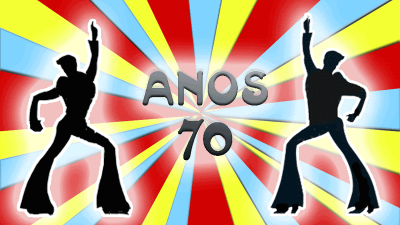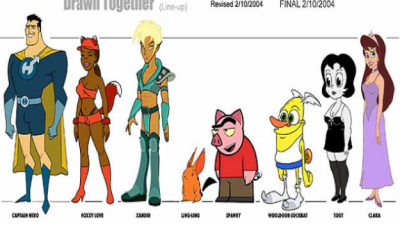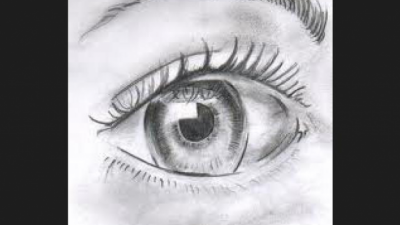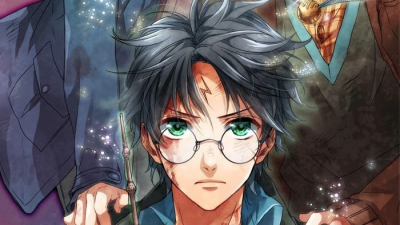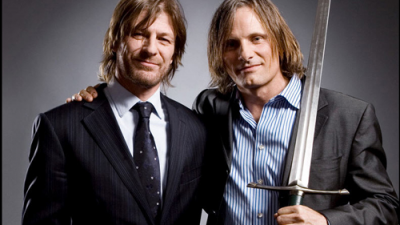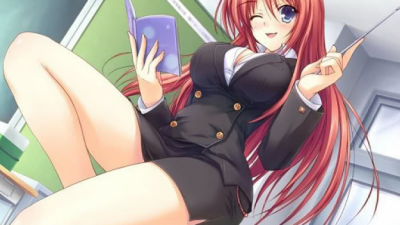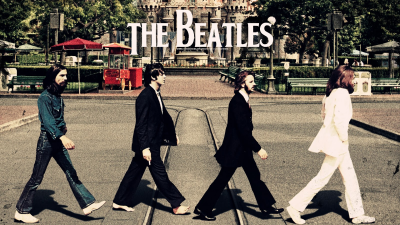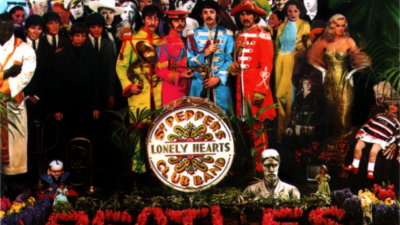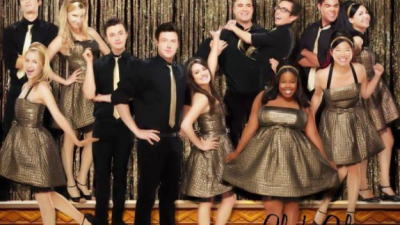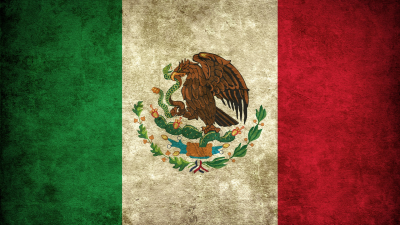The best drawings of the 70s
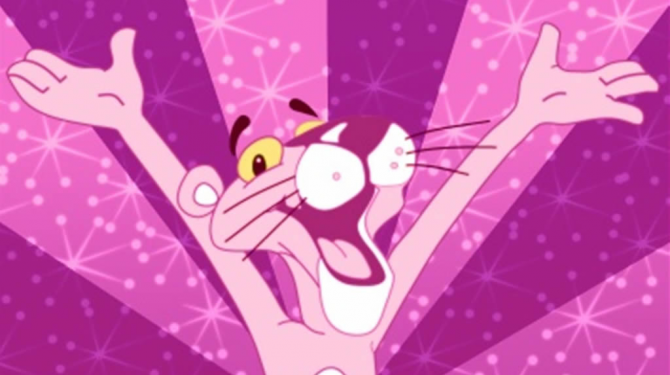
Source: listas.20minutos.es
THE 10 BEST ANIMATED DRAWINGS OF THE DECADE OF THE 70 SOURCE: SOLOLISTAS.NET
TOP 10:
CANDY CANDY
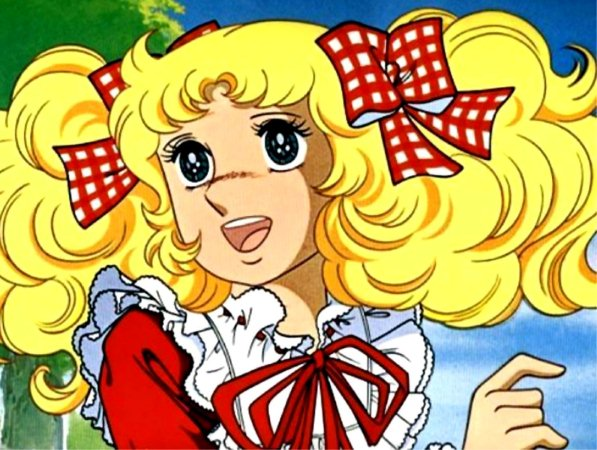
Candy Candy (キ ャ ン デ ィ ・ キ ャ ン デ ィ, Kyandi Kyandi?) Is a manga created by the writer Kyōko Mizuki, one of the pseudonyms of Keiko Nagita, and the mangaka Yumiko Igarashi, pseudonym of Yumiko Fijii, published in Japan by Kōdansha Ltd. since 1975 to Kōdansha Ltd. 1979
TOP 9:
THE ATOMIC ANT (ATOM ANT)
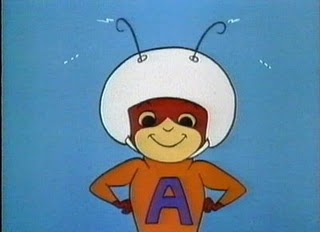
The Atomic Ant is a cartoon character whose original name was created by the Hanna-Barbera animation factory in 1965. It is a tiny anthropomorphic and talking ant, possessing great strength and power due to the exposure of atomic radiation. His adventures were broadcast on American television within the half-hour children's show, the Atomic Ant Show, along with other characters from the Hanna Barbera factory, such as Lindo Pulgoso, The Squirrel Inspector, The Silly Witch and the Octopus Spots
TOP 8:
MAZINGUER Z
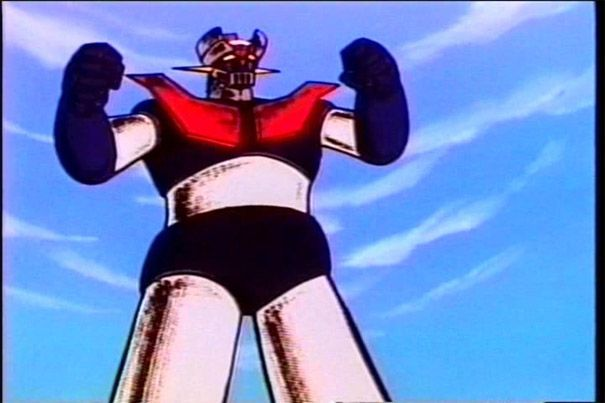
Mazinger Z (マ ジ ン ガ ー Z, Majingā Zetto?) Is a manga and anime series created by Japanese cartoonist and screenwriter Gō Nagai. In fiction, Mazinger Z was the first manned giant robot, marking the foundations of the mecha genre. After him numerous series of similar themes emerged, such as Voltron, Macross, Robotech, Transformers, and Evangelion. The story of the series is about a group of scientists who have a giant robot in their fight against the evil forces of Dr. Hell (also known as Dr. Hell in some Spanish-speaking countries). The manga was first published on September 12, 1972 in the weekly Shōnen Jump. In 2009, the series was reissued in a new manga titled Shin Mazinger Shōgeki! Z hen that included news in the story. The Mazinger Z anime, meanwhile, premiered on the Fuji TV channel on December 3, 1972. In January 2001, Animage magazine published a list of the most popular anime of all time, in which Mazinger Z It was placed at number 11.
TOP 7:
THE YOGUI BEAR (YOGUI BEAR)
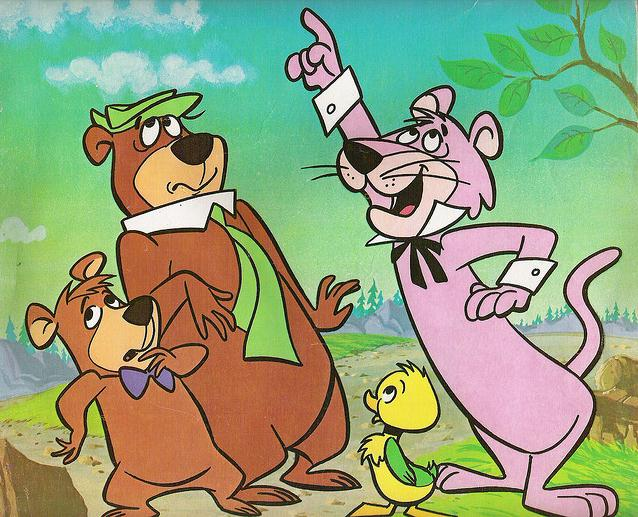
Yogi Bear, in Spanish pronounced Yogi Bear, is a fictional cartoon character. He is an anthropomorphic and talking bear, created by the animation studios of Hanna-Barbera and the episodes of his adventures began to be broadcast in 1958 by the syndicated American television networks. His adventures were aired within the children's show The Huckleberry Hound Show in conjunction with the episodes of Huckleberry Hound and Pixie, Dixie and the cat Jinks. However, Yogi's popularity was such that he left The Huckleberry Hound Show and went on to star in his own. His projection was international, broadcasting on almost the entire planet and reaching beyond the rest of his teammates. His popularity continued to grow appearing in films, television specials, comic books and creating new series in which as protagonist he grouped around him the rest of Hanna-Barbera's characters. In Spain, he filled many hours of television, integrating into the program A balloon, two balloons, three balloons (1974), after the broadcast of the first Sesame Street (1976), La Mansion de los Plaff (1978) and resisting disappearing after the second season of Sesame Street (1979-1980). Since 2001 the trademark rights of that character became the property of Cartoon Network Studios.
TOP 6:
HEIDI
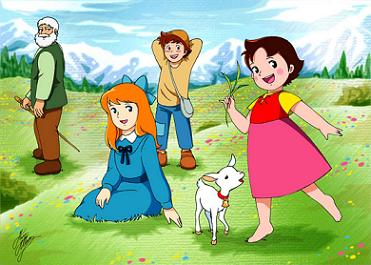
Heidi (ア ル プ ス の 少女 ハ イ ジ, Arupusu no Shōjo Haiji ?, Heidi, the girl from the Alps) is a Japanese anime series of the genus Kodomo released on January 6, 1974, inspired by the homonymous book by the Swiss writer Johanna Spyri. The series was produced by the Japanese Zuiyo Eizo (later converted into Nippon Animation) and the German chain Zweites Deutsches Fernsehen (ZDF). The series, which consists of 52 episodes, premiered in Spain in 1975 and was aired on Spanish Television, achieving unprecedented success among the animation spaces aired in this country.
TOP 5:
THE PITUFOS (SMURFS)
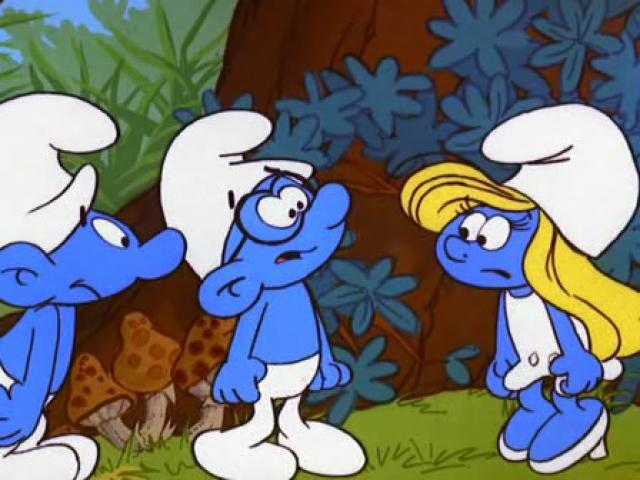
The Smurfs (in the French original, Les Schtroumpfs) are characters created by the Belgian cartoonist Peyo in the comic The flute of the six smurfs (La Flûte à Six Schtroumpfs) of his Johan and Pirluit series for the weekly Le Journal de Spirou el October 23, 1958. Such was the success of these small blue creatures, equivalent to gnomes or benign elves, who the following year began to star in their own comic series, as well as movies, cartoon series and video games
TOP 4:
POPEYE
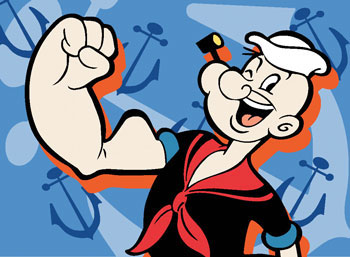
Popeye the Sailor is a famous comic strip and cartoon short film character. It was created by Elzie Crisler Segar and first appeared in the comic strip Timble Theater of King Features Syndicate, in the edition of The New York Evening Journal on January 17, 1929. Its name comes from the English Pop-eye / pɒpaɪ / que It literally means Salton Eye, but that refers to his one-eyed eye, common term in sailors.
TOP 3:
THE CRAZY CARS (WACKY RACES)
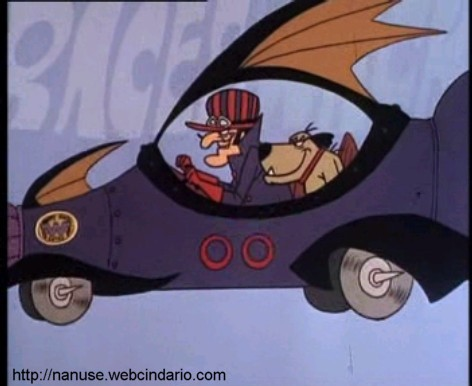
The crazy cars (in English Wacky Races) is a series of cartoons of the American production company Hanna-Barbera Productions on a group of 11 race cars that compete with each other in different races, with their drivers trying to win the title of «Driver more crazy in the world ». The series was unusual for the large number of usual characters, 23 in total. This series was inspired by the movie The Race of the Century (1965). It was originally aired on the American television channel CBS between September 14, 1968 and September 5, 1970. Seventeen episodes were produced, each of which included two different races, thus making a total of 34 races.
TOP 2:
THE CRAZY BIRD (WOODY WOOPDPECKER)
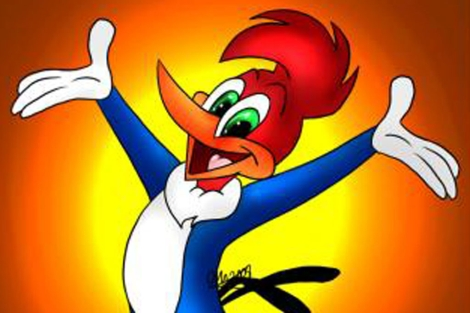
The Crazy Bird or Loquillo (Woody Woodpecker in the English original) is an animated short film created by Walter Lantz and originally designed by cartoonist Ben Hardaway, author of Bugs Bunny and Pato Lucas, with whom he shares a crazy comedy style; Like them, it is an anthropomorphic animal. Produced by Walter Lantz (Walter Lantz Productions) and distributed by Universal Studios, the Crazy Bird appeared in the late 1930s and appeared regularly until 1972, when Walter Lantz closed his studio. The repetitions continue today in different television channels around the world, and the character has appeared in several special productions, including Who cheated Roger Rabbit ?. She is one of the stars of animated cinema that has its own star on the Hollywood Walk of Fame.
TOP 1:
THE PINK PANTHER (THE PINK PANTHER)
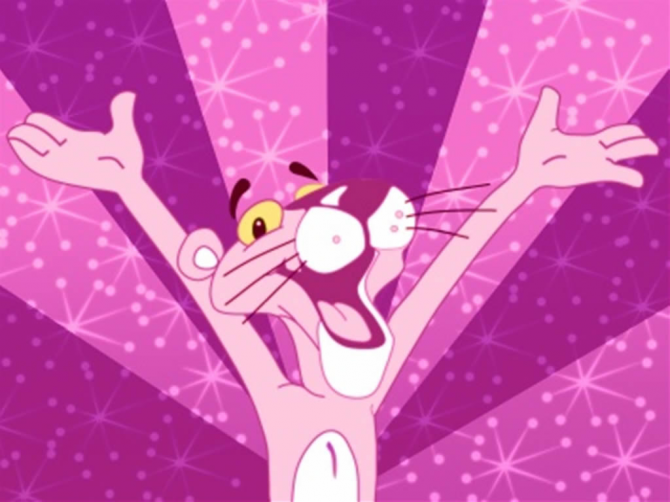
The pink panther is an animated character that was created by Friz Freleng to appear in the initial credits of the film of the same name, released in 1963. Later he became the protagonist of his own animated series, being the first short film ´´Project rose` `(Pink phink); then more series centered on him would appear. It is also known as ´´Nathu`` and ´´Pangu`` in East and South Asia, and as ´´Paulchen Panther`` (little Paul, the panther) in Germany.

